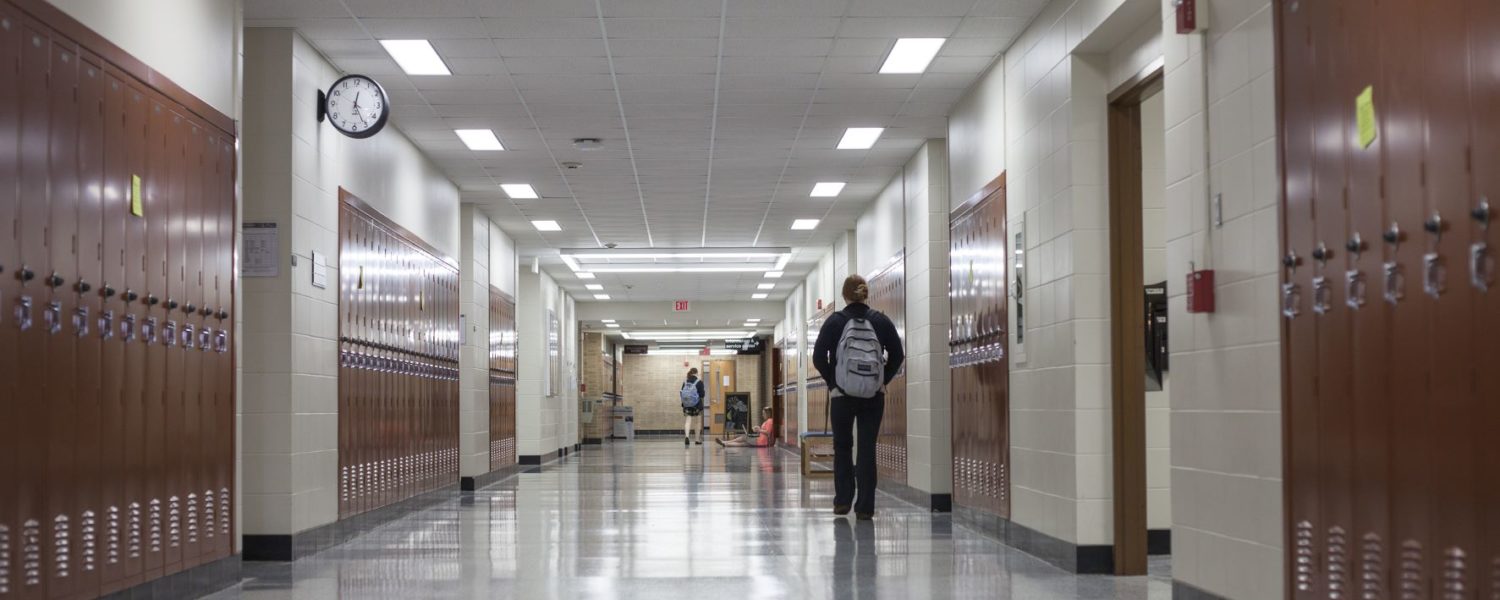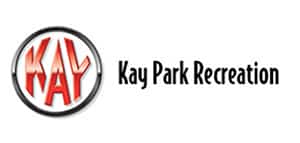By Heather McKay
Choosing the right flooring in a school environment requires a bit more planning than one might think. While color schemes and aesthetics typically get a lot of attention, it’s important to consider flooring performance, as well.
Resinous flooring, while extremely versatile, may or may not be the best fit for every environment, but here are a few areas where it generally outperforms many other options:
- Commercial kitchens and cafeterias
- Labs and chemical storage
- Stadiums and gyms
- Locker rooms and bathrooms
- Classrooms and corridors
It’s always a good idea to consult with a specialist in the type of flooring you’re considering before making any final decisions.
Here are some questions you’ll be asked that will be important in making your selections:
- Where will the flooring be installed? Form follows function. What “functions” are the most important? What activities are being conducted in the room or area? This will dictate what flooring options may or may not work best.
- How soon do you need the installation to be done? Keep in mind with recent labor and supply chain issues, some installers may have a backlog of work, and you will need to get on their schedule as quickly as possible to meet your deadlines.
- Will old flooring need to be removed? This will affect the cost and time required for installation.
- What is your budget? The old adage, you can have two of these, good, fast, or cheap, but not all three is true in most cases. Which is most important to you? Remember, there may be good, better, or best options available.
So, why do resinous floors work well in the areas mentioned above, and could they be right for your school?
Let’s cover the basics of resinous flooring, as well as a few of the different types of chemistries that can be used in commercial flooring applications, depending on the needs of the facility.
Resinous flooring, otherwise known as fluid-applied or poured flooring, is very common in industrial and commercial environments. Some of the benefits of resinous flooring are that its properties allow for a smooth, non-porous, easily cleanable surface that you cannot achieve with any material that has grout or seams.
Resinous floors are hygienic, low-maintenance solutions that never need stripping and waxing, are specifically designed for heavy traffic, and have a wide variety of thermal shock and chemical resistance. These types of floors are also inherently waterproof, can have customized slip resistance, and offer many decorative options.
Resins can be a natural or synthetic liquid substance and sometimes have a yellowish or brown color. Resinous flooring consists of specific resin formulas applied in several layers that bond together either adhesively or chemically. Once “cured,” the layers form a hard surface that has various performance properties, such as UV stability, abrasion resistance, stain resistance, or chemical resistance, among others.
Acrylic/Methyl-Methacrylate
A lesser-known, yet extremely effective, flooring chemistry is methyl-methacrylate, or MMA for short. MMA is an organic compound that is most commonly used in acrylic plastics like
Plexiglas or airplane windows. Pharmaceutical grade MMA is even used as a cement in joint replacements, like a hip.
Known for its durability, MMA makes a great base chemistry for flooring and coating systems. The two best things MMA has going for it is its ability to cure 100% in one hour down to -15°F, or up to 100°F, and for being UV stable, which means it can be installed virtually anywhere on a school campus with a limited return to service any time of the year.
Urethane Cement
A newer type of flooring chemistry is urethane cement, also known as cementitious urethane, and it is exactly as it sounds, a urethane that is modified with cement. Urethane cement has become a mainstay in resinous flooring due to its toughness. Its main strength is that it can withstand thermal shock up to 240°F, making it an excellent system for commercial kitchens and mechanical areas.
Epoxy
Probably the most well-known chemistry in resinous flooring is epoxy. The number of system designs using epoxy is endless and covers a wide spectrum of styles, from thin mil all the way to troweled down mortar systems. A pro for using an epoxy system is its relatively reasonable material cost. Epoxy flooring systems usually have an attractive high gloss finish, and, depending on the formulation, can be zero VOC (volatile organic compounds).
A downside to using epoxy is that not all epoxies are formulated or produced with the same quality. For example, there is a big difference in residential grade versus industrial grade epoxy. Typically, they all have a long cure time (8 to 12 hours) and that cure time only amounts to 95% cure. Reaching 100% cure usually takes up to seven days. Epoxy is also not UV stable, which means that it will eventually yellow and color shift especially exposed to UV light. This is especially important when used in an area exposed to sunlight or fluorescent light for extended periods, such as exterior applications.
Urethanes & Polyaspartics
Two complementary chemistries to epoxies are urethane coatings and polyaspartics. Urethanes are typically applied at a thin millage and as a final topcoat or seal coat to other flooring systems. Urethanes for flooring topcoats are known for their high abrasion resistance, chemical resistance, and also for being UV stable. Most urethanes see their best usage in large, high-traffic areas or over the top of an epoxy system. The downside to urethanes is their sensitivity to moisture and temperature fluctuation. It must be installed within a certain temperature range. Also, like epoxies, urethanes have a longer curing time, varying between 8 to 24 hours.
Polyaspartics are mostly used as topcoats and sometimes as broadcast coats. They can be a little pricey but are UV stable and can cure in one to six hours depending on your on-site conditions or the formulation.
Resinous flooring is a versatile material and offers many options for schools as they manage repairs, new additions, or other building changes. It can even be used in modular construction, which has grown in popularity.
The most important thing is to understand the performance aspects of different resinous chemistries to meet objectives and select a flooring system that will last for years to come.
Heather McKay is director of marketing for Res-Tek, Inc., a U.S. manufacturer of resinous flooring material, www.Res-Tek.net.









